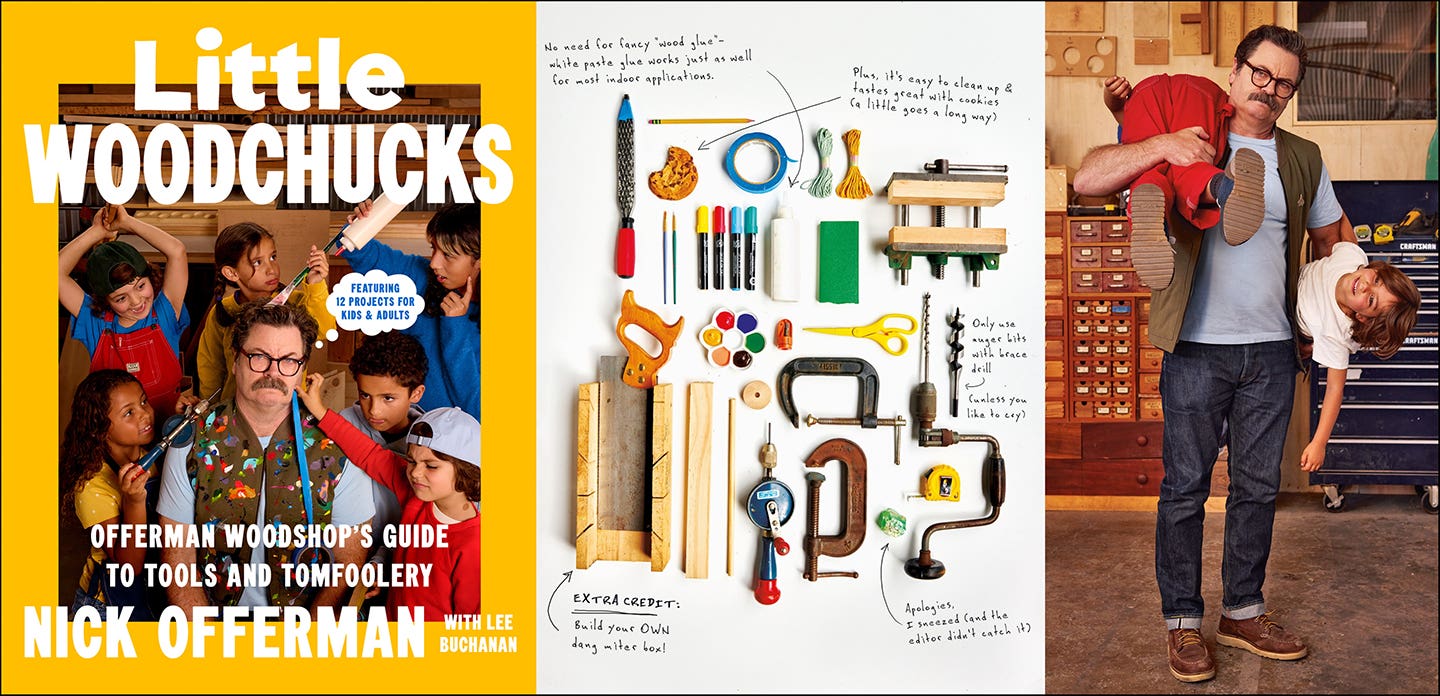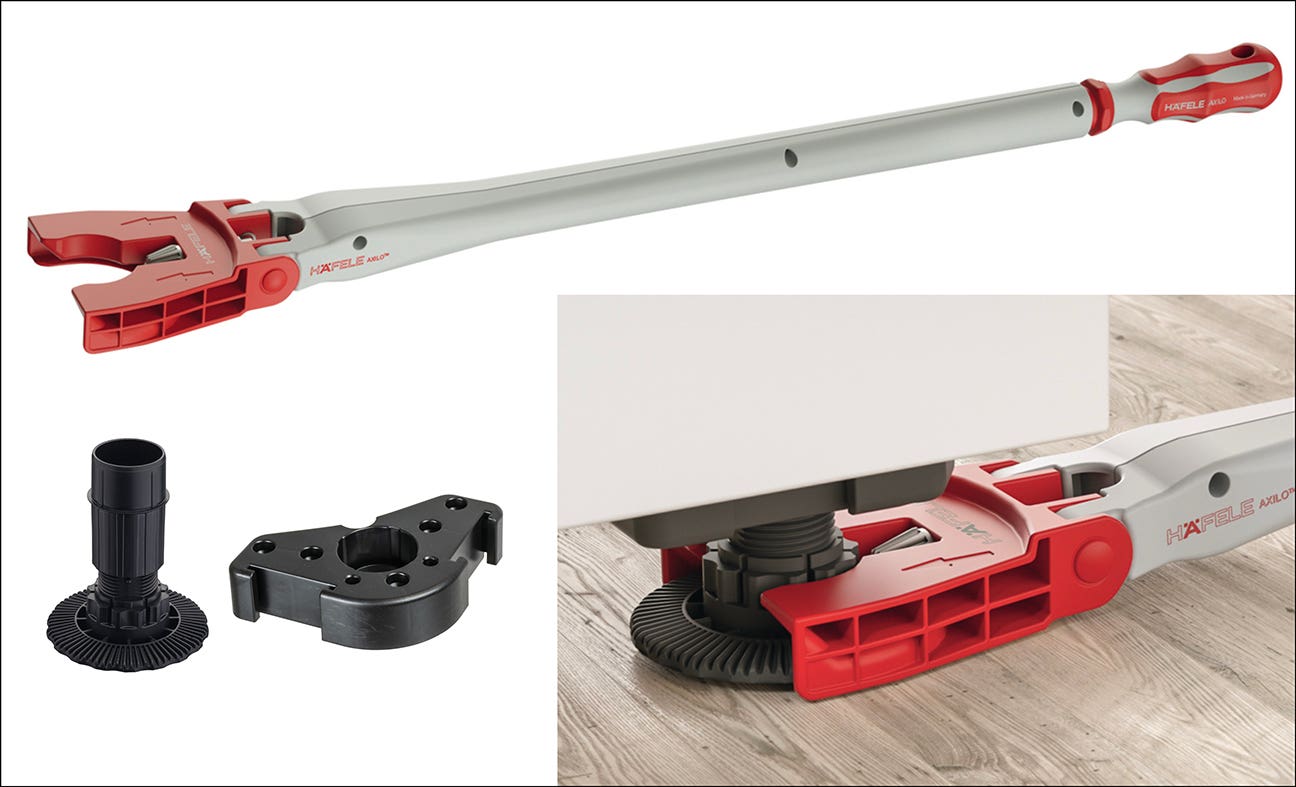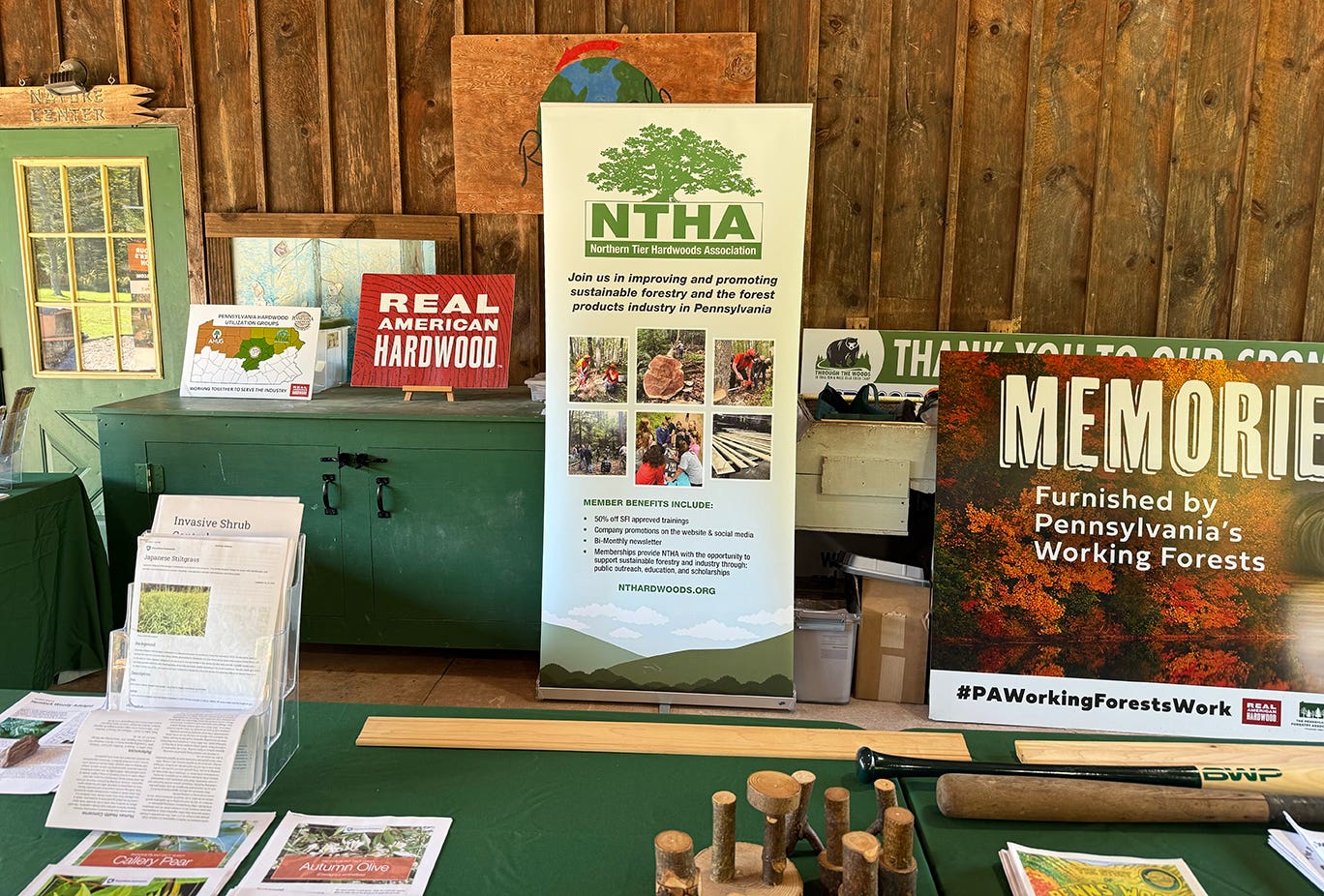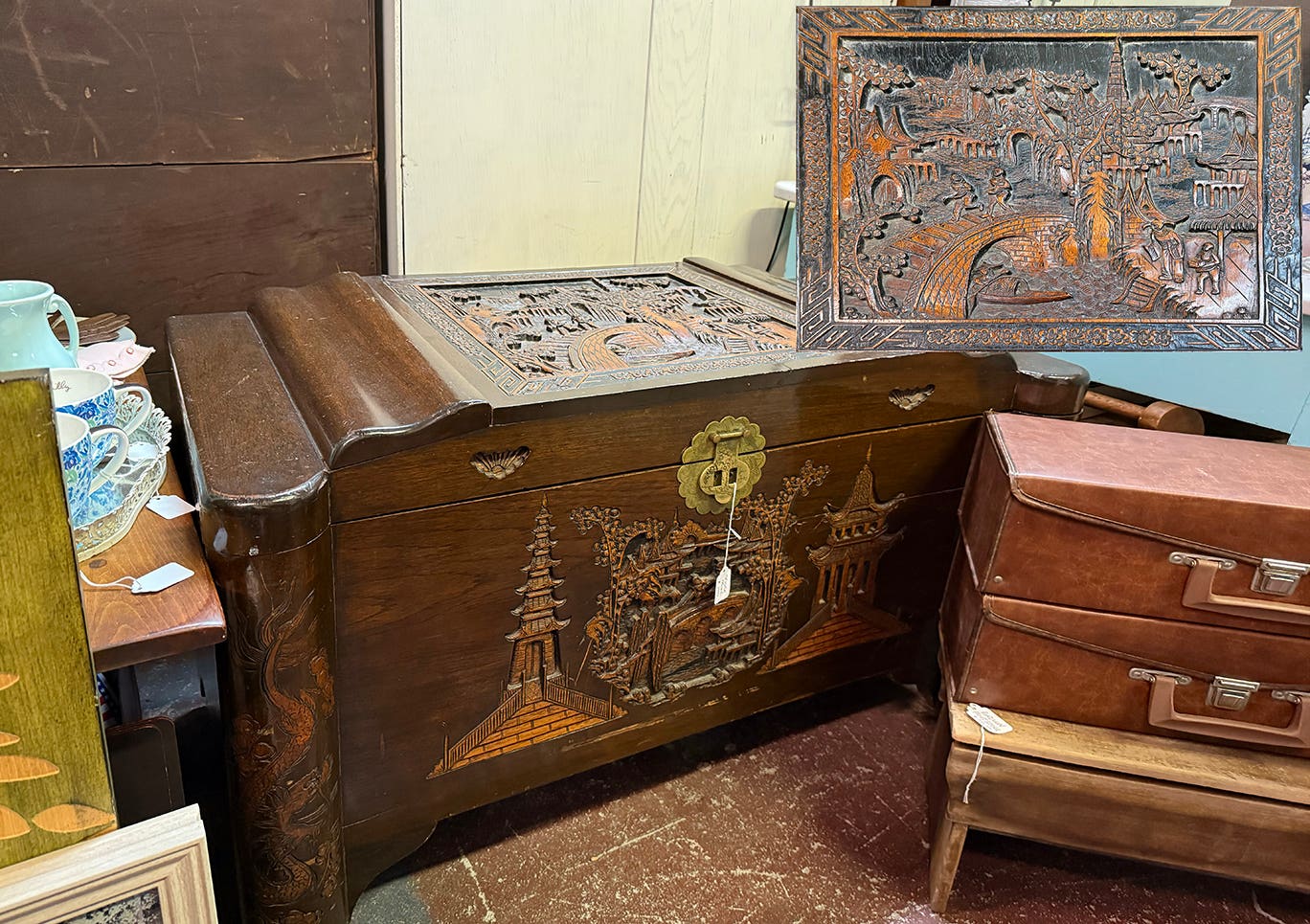The fate of my work
If I look at my entire body of work over the last 35 years, I estimate that about 20 percent has been furniture and things like chess boards, jewelry boxes…
If I look at my entire body of work over the last 35 years, I estimate that about 20 percent has been furniture and things like chess boards, jewelry boxes and other small projects. I have some confidence in the long-term existence of these pieces. I can easily imagine many of these being passed along to the next generation or to friends or relatives. At worst, they might end up in a used furniture store where they might be purchased by someone who needs a table or a dresser. Even though this person might not realize that they are buying a unique handmade piece of furniture, at least the piece would have a useful purpose. It's the other 80 percent I worry about.
This represents the major portion of my "life's work" and it falls more into the category of built-in cabinetry. Some of this work was "not all that," being mid-level stuff that I took on simply to have jobs in the shop and money in the bank. Nothing that I had too much of myself invested in. But most of it was what would be considered high-end custom work that was very carefully and painstakingly designed and executed.
But a great deal of that work was done during a time when people were constantly flipping houses. And every time a house was sold, the new owners would come in with their designers who would inevitably start waving their hands around and saying things like "Oh, my ... this is all so last week. This has all got to go." And then the wrecking crew would show up and start tearing out all the "old" stuff to make room for the new. "Trends" were changing so fast it made my head spin.
I know for sure of a number of my projects that ended up in the Dumpster. Many others I suspect but cannot verify.
One of my nicest jobs was in an old mission-style house that was done in walnut with a "mushroom" glaze. Solid mahogany interiors. Best quality materials, hardware and workmanship. All of the details were picked up from original woodwork in other areas of the house and everything looked like it had been there from "day one." But when the house was sold a few years later, the new owners called me to ask "what we could do about the cabinets." When I asked them what they meant, they said that the cabinetry looked "too woody" (was that a "designer" I heard?) and could I "paint them or something". I guess I didn't say anything because the next thing I heard the voice on the phone say was "Hello?" Finally, I recovered sufficiently to tell them as politely as I could (I don't think I was really very polite at all) that I was going to pass on "doing something" with their cabinets. I never did find out what their ultimate fate was.
D.D.
David DeCristoforo possesses an extensive resume as designer/maker of fine furniture, high-end cabinetry and architectural woodwork. His experience in professional woodworking spans a period of 35 years. For the past 20 years David DeCristoforo Design has been located in Woodland, California. During this time David's shop has ranged in scope from a "full on" cabinet production shop with as many as 15 employees to a small fine furniture and custom millwork shop, working with his son, David RBJ, a highly skilled maker in his own right.







